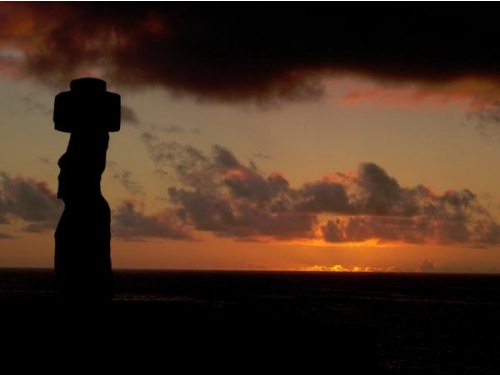The town of St. Moritz, located in Switzerland’s Engadine Valley, is famous as a winter resort. It’s not just on account of the reference in the James Bond movie Goldfinger; the 1928 and 1948 Winter Olympics were held here. But when I visited St. Moritz, it was early September and the weather was still warm and summery. The town gets 300 days of sunshine a year (and it was sunny throughout my five days there), the valley was lushly green, and the lake was filled with sailboats. I know that winter is its most celebrated season, but I’d recommend visiting in summer, when the range of activities (golf, tennis, mountain biking) is wider. St. Mortiz is also a great starting point for day trips. From it, I took a train to Thusis, where I hiked through the Alps and saw Viamala, the place where Caesar made his historic crossing through the mountains. Closer to St. Moritz is the Valley of Fex, another great hiking spot (if you visit on a rare rainy day, you could visit the Nietzsche-Haus, where the German philosopher spent his summers, in Fex’s tiny town of Sils).
Because I was attending a conference in St. Moritz, I spent far too much time indoors. The conference meetings and events were spread among three hotels — the Kulm, the Kempinski, and Badrutt’s Palace — and all of them came through with celiac-safe meals for me. However, these are all top-notch luxury hotels with long practice in catering to their guests’ requests, and I had had advance discussions with them via phone and e-mail to ensure that they would be able to provide gluten-free meals.
One spot in St. Moritz that particularly impressed me was a place that didn’t have advance warning about my dining restrictions. The Hotel Misani is a three-star hotel that is a youthful, less-expensive alternative to the long-established local hotels. Its rooms are decorated in a mix of Asian, Indian, and Middle Eastern styles, and each one is unique. The Misani’s main dining room is decked out in rustic local style with wooden panels on the ceiling and the walls, typical of the Engadine houses that date back a century. I had an excellent gluten-free dinner here, served by the Misani’s friendly staff. It was a nice reminder that luxury exists at all price points in St. Moritz.
Badrutt’s Palace [tel] +41 (0) 81 837 11 00 [email] reservations@badruttspalace.com [web] www.badruttspalace.com
Hotel Misani [tel] +41 (0) 81 839 89 89 [email] info@hotelmisani.ch [web] www.hotelmisani.ch
Kempinski Grand Hotel des Bains [tel] +41 (0) [web] www.kempinski-stmoritz.com
Kulm Hotel [tel] +41 (0) 81 836 80 00 [email] info@kulmhotel-stmoritz.ch [web] www.kulmhotel-stmoritz.ch


